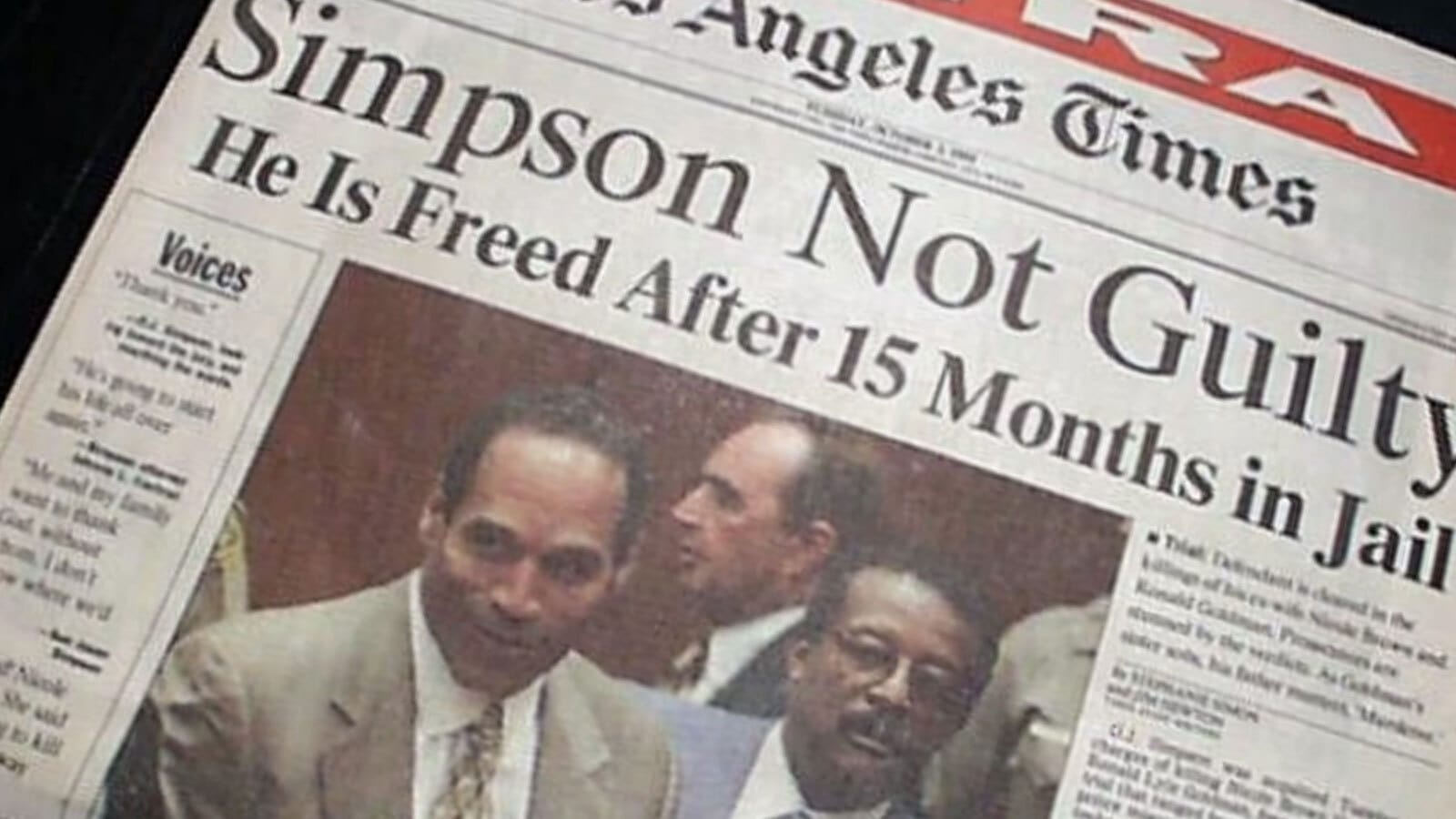Blank book

Today: Carrie Frye, writer and book editor at Black Cardigan Edit.
Issue No. 61
The Journalist and the Other Murderer
Carrie Frye
The Journalist and the Other Murderer
by Carrie Frye
In July 1994, word circulated that the journalist Joe McGinniss had secured a $1.75 million deal from Crown for his next two books (roughly $3.74 million in today’s money). The first of the two books would be on the O.J. Simpson trial, getting underway in November.
Getting a seat in the courtroom was tough, but Judge Lance Ito awarded McGinniss a permanent spot in the front row of the gallery, next to Dominick Dunne and in the same row as Ron Goldman’s family. The O.J. book was to be McGinniss’s ninth, a sure-to-be hit from an author who had been publishing bestsellers for decades. Three of those previous books had been true-crime doorstops found on nightstands across the U.S. in the 1980s, most famously Fatal Vision, on the trial and conviction of the Army doctor Jeffrey MacDonald for the shockingly violent 1970 murder of his pregnant wife and two children.
When the Crown deal came through, McGinniss’s family thought he was the right writer to take on such a high-profile project. The scale of the canvas, the outsize personalities of the courtroom players—it all seemed a fit for the journalist’s talents, his cynicism, his “ability to see through bullshit,” as his son Joe Jr. (in his 20s at the time) recently put it.
All of which is to say, if a punch card existed of what a book needs to be written, McGinniss’s O.J. book would appear to have everything ticked off: a hefty advance; courtroom access other reporters would have chewed an arm off for; support at home; and, not least important, past experience of juggling one’s way through “a big book.”
McGinniss sat in the courtroom for all eleven months of the trial, was there for the verdict of “Not guilty” in October of 1995, then flew home to Massachusetts to start drafting. But the book never happened. The following year, about nine months after the trial’s end, he wrote a letter to his publisher, formally chucking the project and forfeiting the advance.
“There is no book,” he wrote. “At least not one I can write.” It was big enough news to make the New York Times and Time magazine.
In the wider scheme, this is just a footnote —both to the Simpson trial and to McGinniss’s decades-long career. Still, as someone who enjoys visiting the graveyards of books that never came to be, I was curious. What happened?
It’s a paywall, but a small one
Read this post and get our weekdaily newsletter for $3 a month
